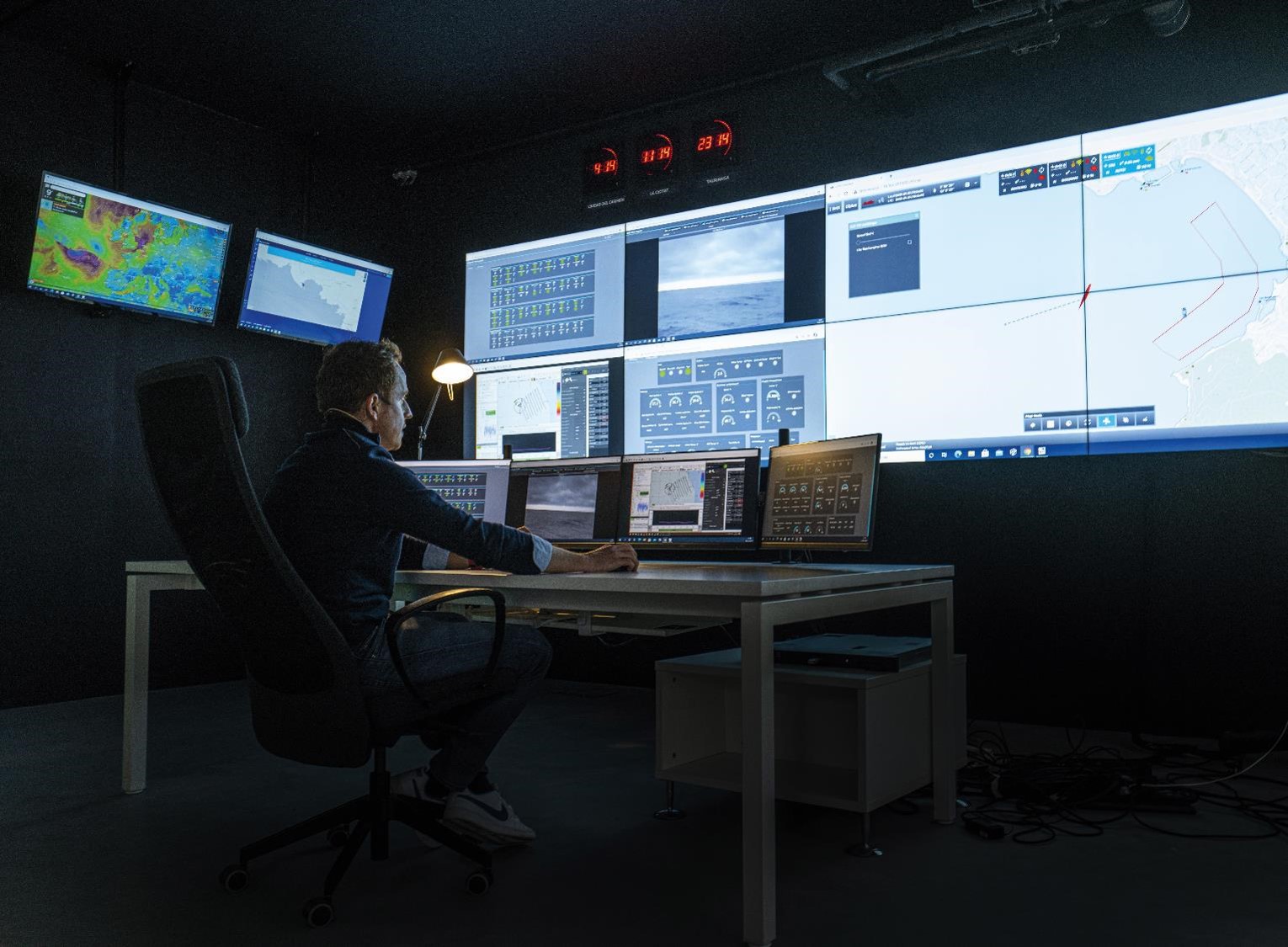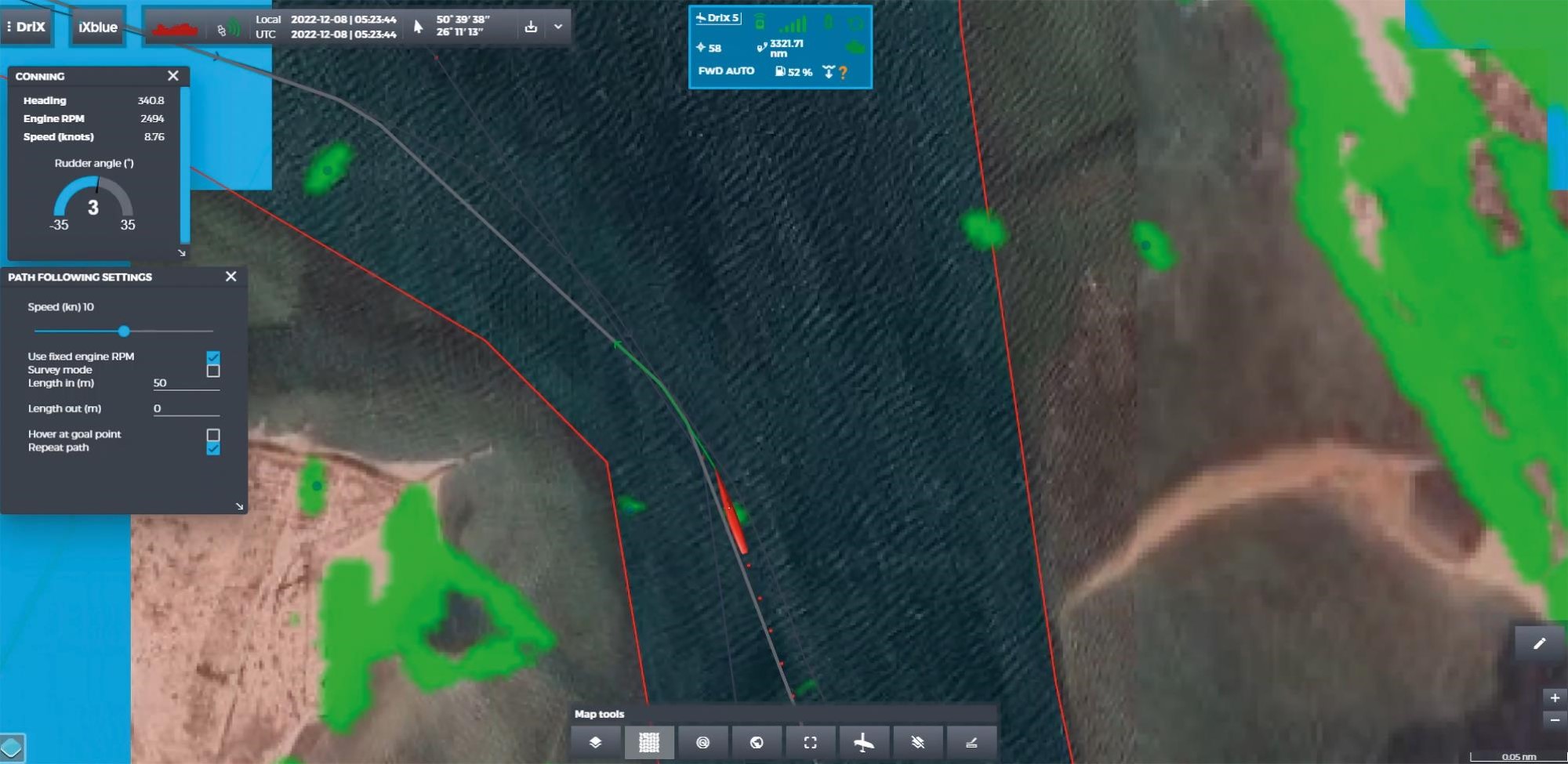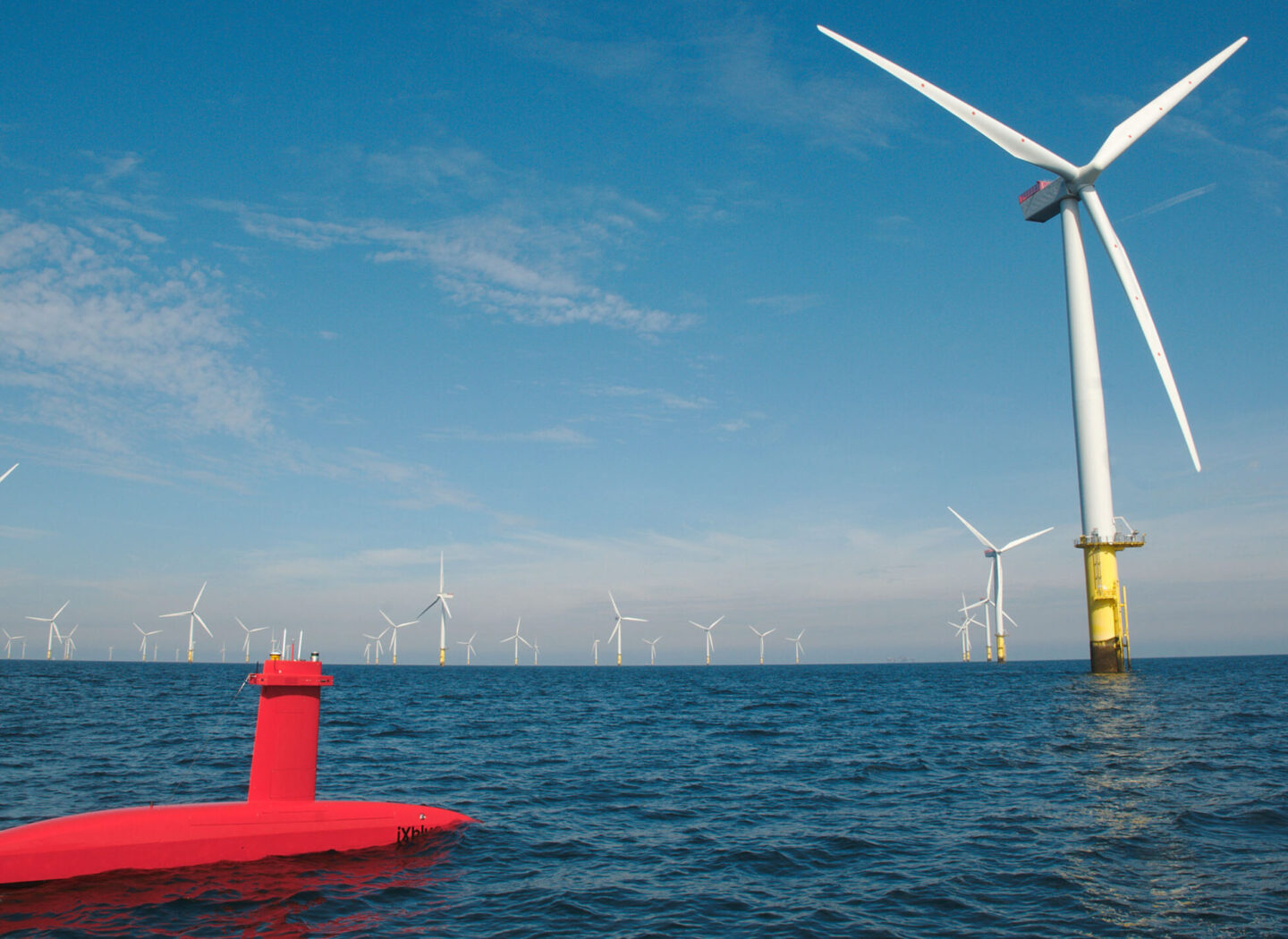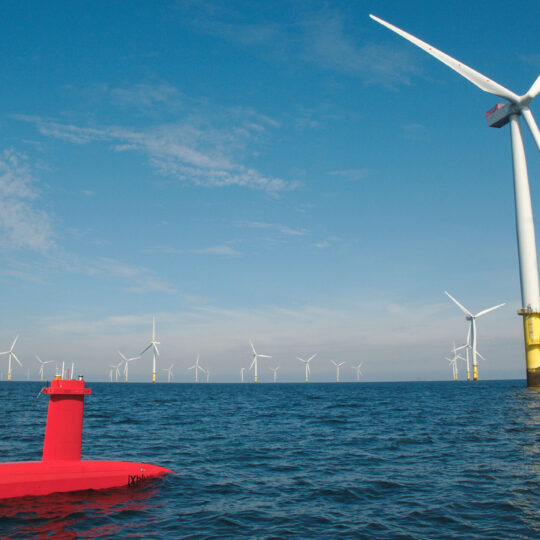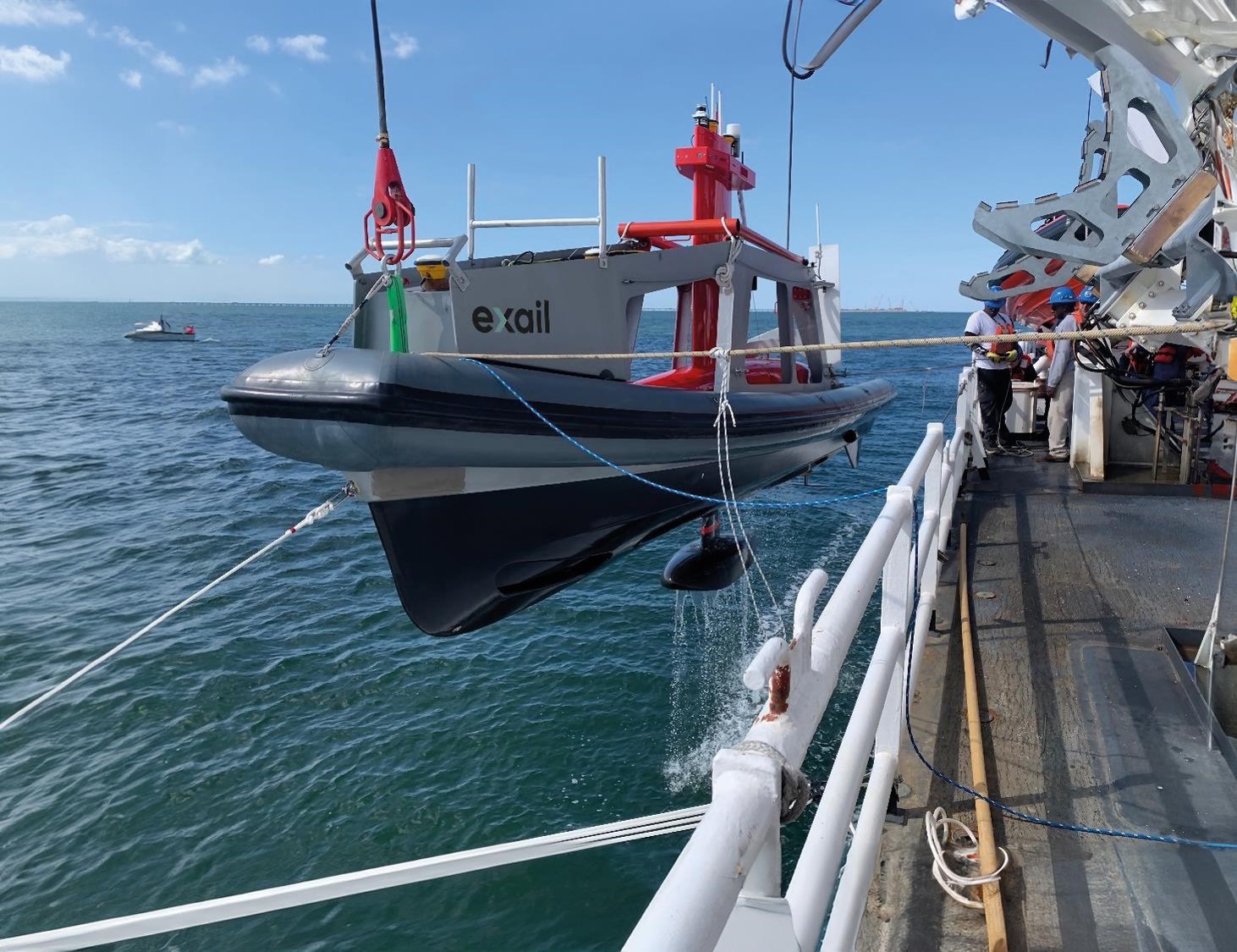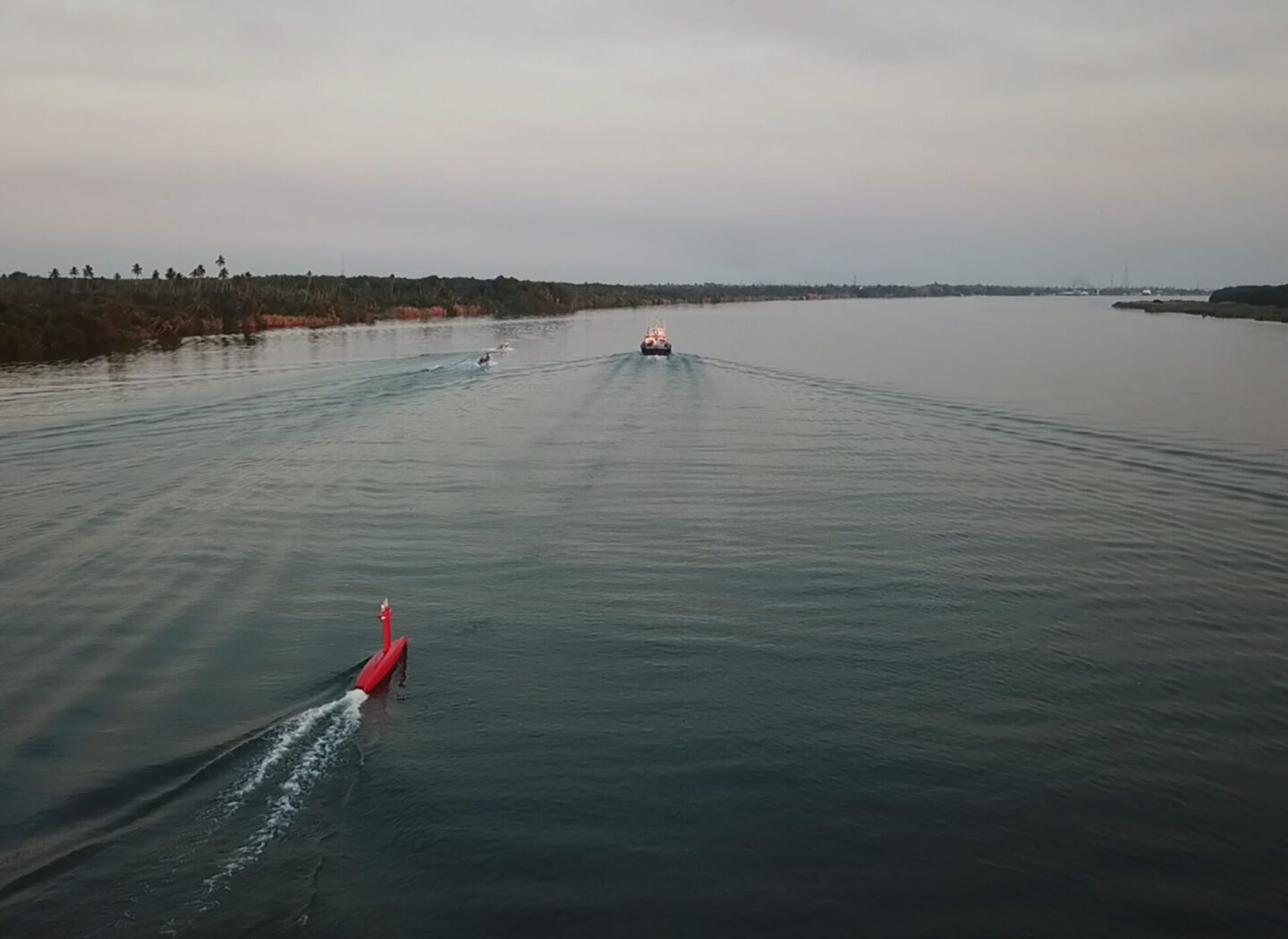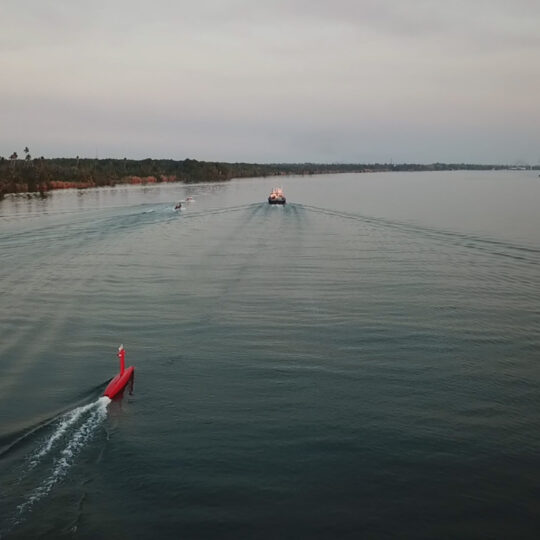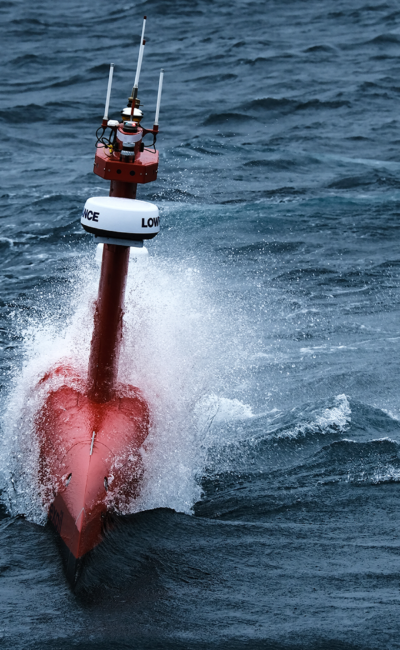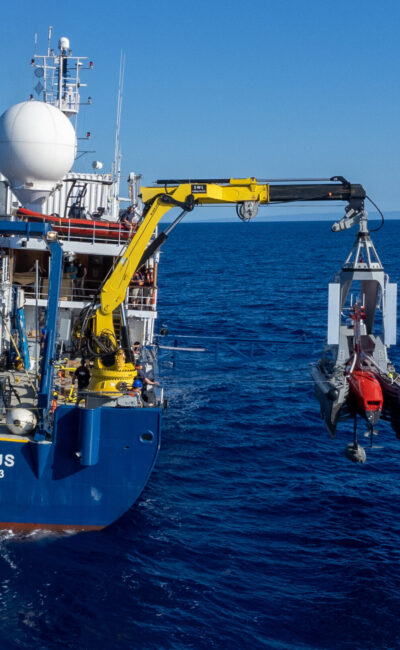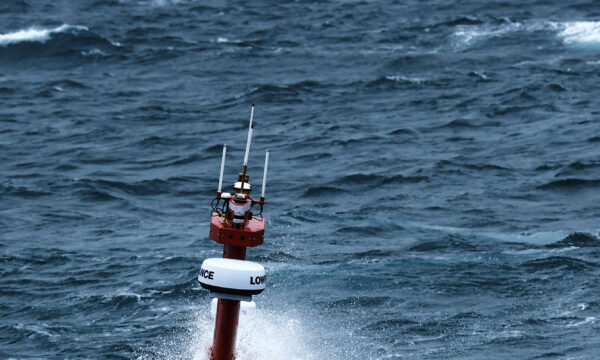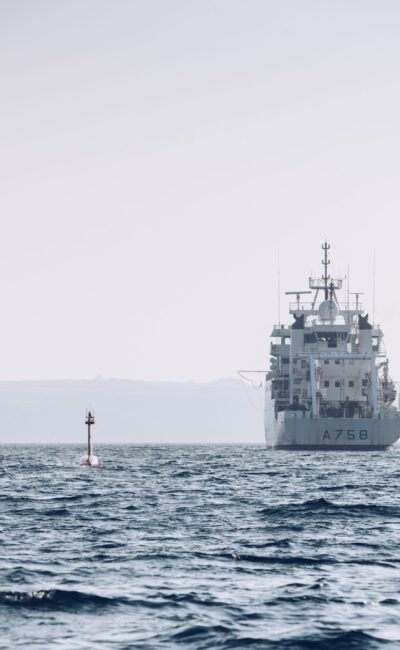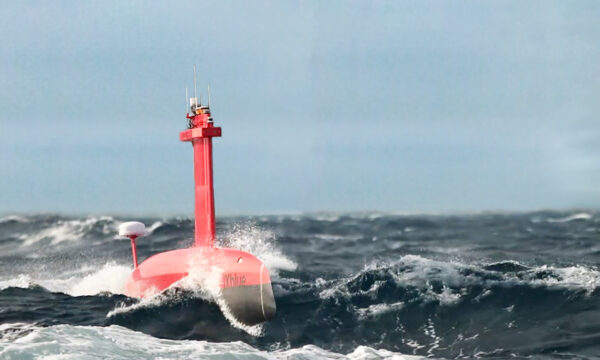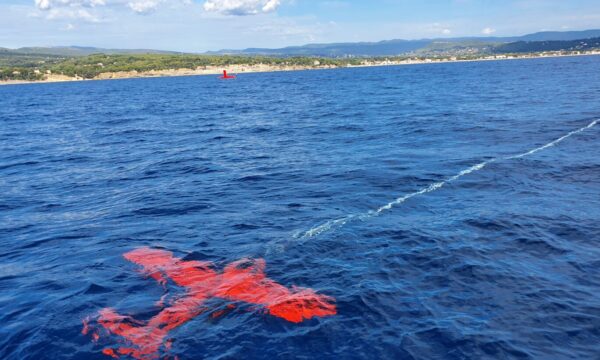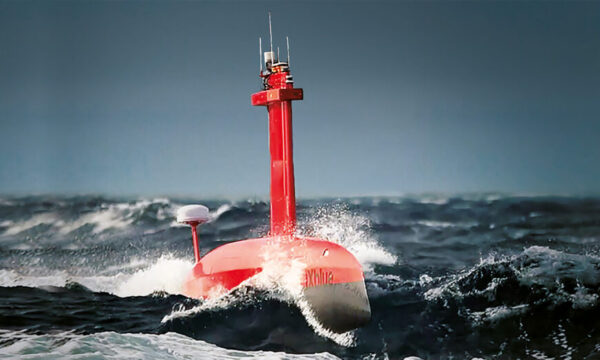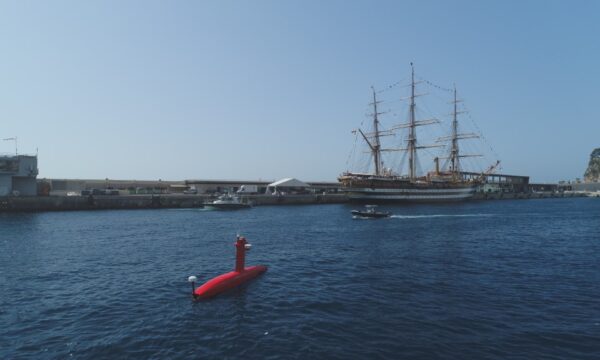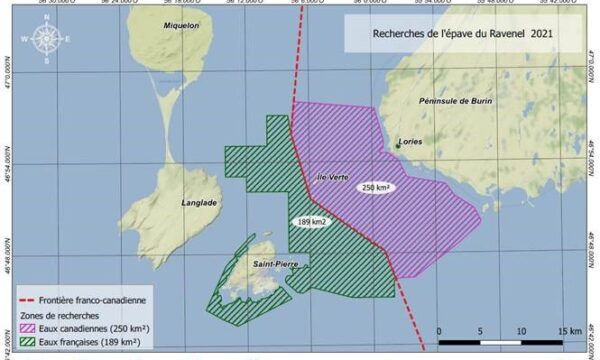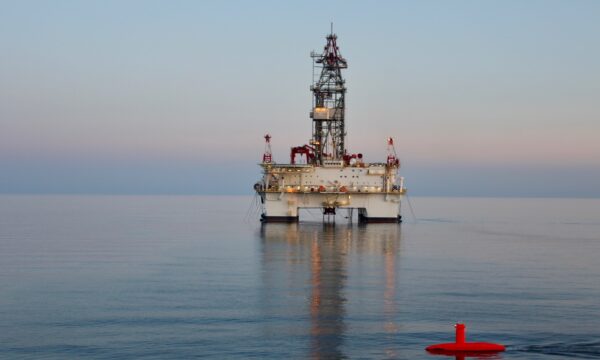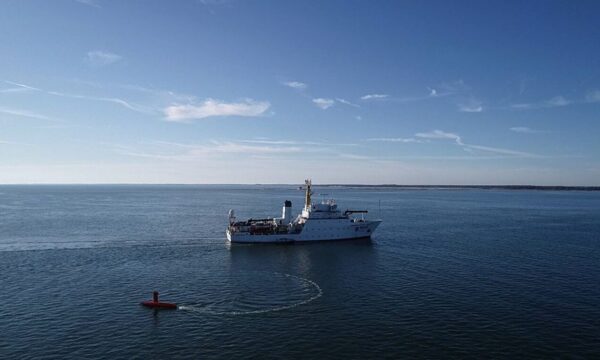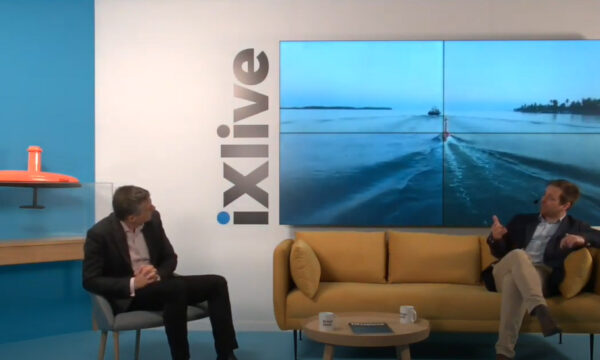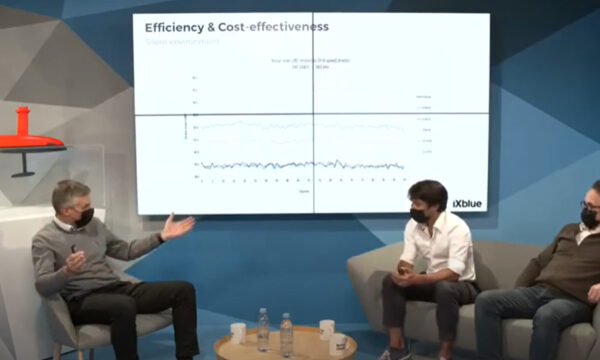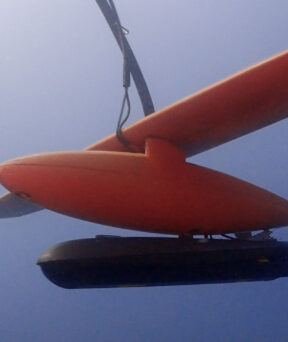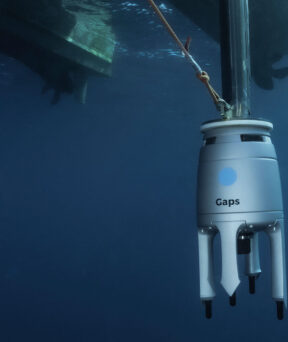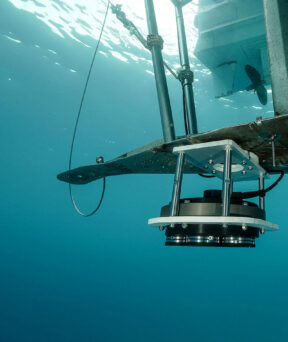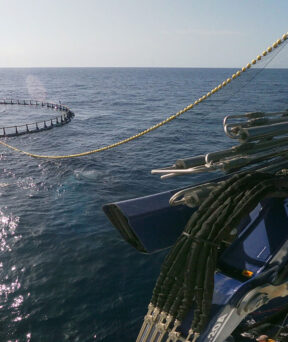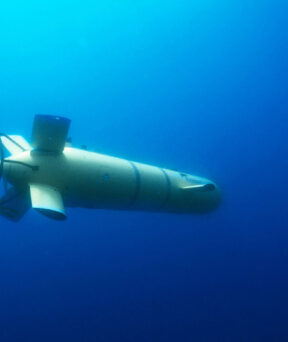Uncrewed Surface Vehicles
DriX Series
Get more information with

Linkedin account
Guillaume Eudeline
Global Business Development, Vessels & drones

|

|

|

|
||
|---|---|---|---|---|---|
| Length | 7,71 m | 9 m | 15,75 m | 25 m | |
| Displacement | 1,6 t | 2,1 t | 10,5 t | 80 t | |
| Endurance* | < 10 days | < 20 days | < 30 days | < 30 days | |
| Speed | < 14 kts | < 13 kts | < 16 kts | < 13 kts | |
| Fuel capacity | 250 L | 550 L | 2,300 L (dual hybrid propulsion) | 20,000 L (hybrid propulsion) | |
| Range | 1,000 nm | 2,000 nm | 3,500 nm | 2,500 nm | |
| Communications | Wifi, 4G, Satellite communication, UHF radio | Wifi, 4G, Satellite communication, UHF radio | Wifi, 4G, Satellite communication, UHF radio | Wifi, 4G, Satellite communication, UHF radio | |
| Towel / launch & recovery | ROTVs towing capabilities | ROTVs towing capabilities | ROTVs, Inspection Class ROVs, 1,000 m rated AUVs | ROTVs, Work Class ROVs, 6,000 m rated AUVs | |
| Station keeping | Hovering | Hovering | Dynamic Positioning | Dynamic Positioning 2 | |
| MBES capacity | 3,000 m depth | 3,000 m depth | Full ocean depth | Full ocean depth | |
| Transportation | 1x 40’ High Cube container | 1x 40’ High Cube container | 2x 40’ High Cube container | On cargo ship deck | |
| Other | Launch & Recovery system | Customizable stern section for additional payload integration | < 20 tons payload allowance | ||

|

|

|

|
||
|---|---|---|---|---|---|
| Length | 7,71 m | 9 m | 15,75 m | 25 m | |
| Displacement | 1,6 t | 2,1 t | 10,5 t | 80 t | |
| Endurance* | < 10 days | < 20 days | < 30 days | < 30 days | |
| Speed | < 14 kts | < 13 kts | < 16 kts | < 13 kts | |
| Fuel capacity | 250 L | 550 L | 2,300 L (dual hybrid propulsion) | 20,000 L (hybrid propulsion) | |
| Range | 1,000 nm | 2,000 nm | 3,500 nm | 2,500 nm | |
| Communications | Wifi, 4G, Satellite communication, UHF radio | Wifi, 4G, Satellite communication, UHF radio | Wifi, 4G, Satellite communication, UHF radio | Wifi, 4G, Satellite communication, UHF radio | |
| Towel / launch & recovery | ROTVs towing capabilities | ROTVs towing capabilities | ROTVs, Inspection Class ROVs, 1,000 m rated AUVs | ROTVs, Work Class ROVs, 6,000 m rated AUVs | |
| Station keeping | Hovering | Hovering | Dynamic Positioning | Dynamic Positioning 2 | |
| MBES capacity | 3,000 m depth | 3,000 m depth | Full ocean depth | Full ocean depth | |
| Transportation | 1x 40’ High Cube container | 1x 40’ High Cube container | 2x 40’ High Cube container | On cargo ship deck | |
| Other | Launch & Recovery system | Customizable stern section for additional payload integration | < 20 tons payload allowance | ||
Operation Reports
Want to learn more about our DriX USV capabilities? Download our operation reports below.
Over The Horizon windfarm bathymetric survey for monopile and inter array-cable inspection
(636 KB)
Download
High-resolution bathymetric and magnetic survey in challenging conditions – Looking for lost shipwreck
(1 MB)
Download
